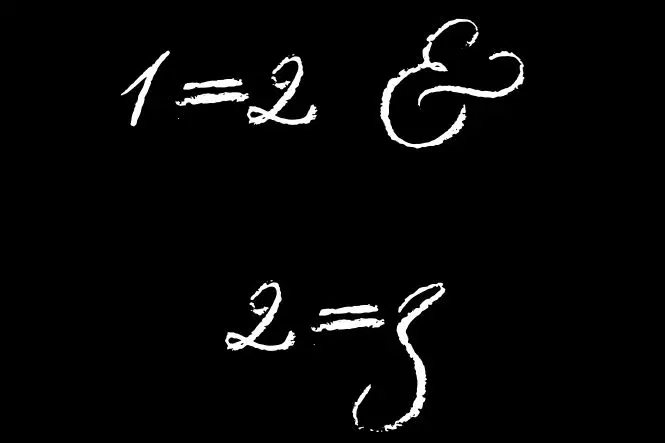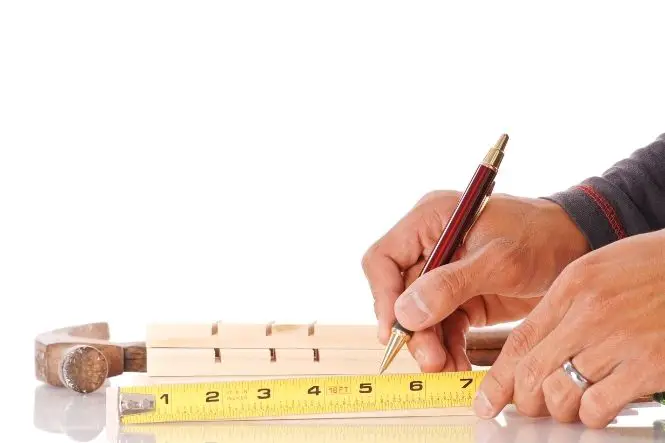Mathematicians use mathematical proofs to prove that what they say about numbers is true. Some proofs look true but aren’t – these are known as fallacies. Here are a few fallacies:
Proving 1=2
- Start by imagining that a = b
- Multiplying both sides by a, then a x a = a x b
- Adding (a x a) to both sides, then (a x a) + (a x a) = (a x a) + (a x b)
- This can be rewritten as 2(a x a) = (a x a) + (a x b)
- Subtracting 2(a x b) from both sides gives 2(a x a) – 2(a x b) = (a x a) + (a x b) – 2(a x b)
- Simplifying this gives 2(a x a) – 2(a x b) = (a x a) – (a x b)
- Factoring out the 2 on the left hand side gives 2((a x a) – (a x b)) = 1((a x a) – (a x b)
- Dividing both sides by ((a x a) – (a x b)) means that 2 = 1
What’s wrong? The final step cannot work because it is not possible to divide a number by zero, and if a = b, then (a x a) – (a x b) = 0.
All Numbers are Equal
- When multiplying any number by zero, the answer is zero, so 1 x 0 = 0
- Rearranging this gives 1 = 0 / 0
- 2 x 0 = 0
- Rearranging this gives 2 = 0 / 0
- 3 x 0 = 0
- Rearranging this gives 3 = 0 / 0
- Therefore – all numbers are equal
What’s wrong? This cannot work because, as before, it is not possible to divide a number by zero.
Making Four Equal 12
- Start by imagining that a = b
- Multiply both sides by four, so 4a = 4b
- Multiply both sides by 12, so 12a = 12b
- Multiply both sides of the first equation by a, so 4(a x a) = 4(a x b)
- Multiply both sides of the second equation by b, so 12(a x b) = 12(b x b)
- Subtract the second equation from the first equation to make one equation, so 4(a x a) – 12(a x b) = 4(a x b) – 12(b x b)
- Subtract 4(a x b) from both sides and add 12 (a x b) to both sides, so 4(a x a) – 4(a x b) = 12 (a x b) – 12 (b x b)
- Add a x b and subtract (b x b) from both sides, so 4(a x a) – 4(a x b) + (a x b) – (b x b) = 13 (a x b) – 13 (b x b)
- Taking (factoring) out common factors (dividing by (a-b)), so 4a(a – b) + b(a – b) = 13b(a – b)
- Taking (factoring) out common factors, so 4a + b = 13b
- Subtracting b from both sides, so 4a = 12b
- a = b, so substituting a for b, 4b = 12b, so therefore 4=12
What’s wrong? The step of dividing by (a – b) cannot work because it is not possible to divide a number by zero, and if a=b, then (a – b) = 0.







